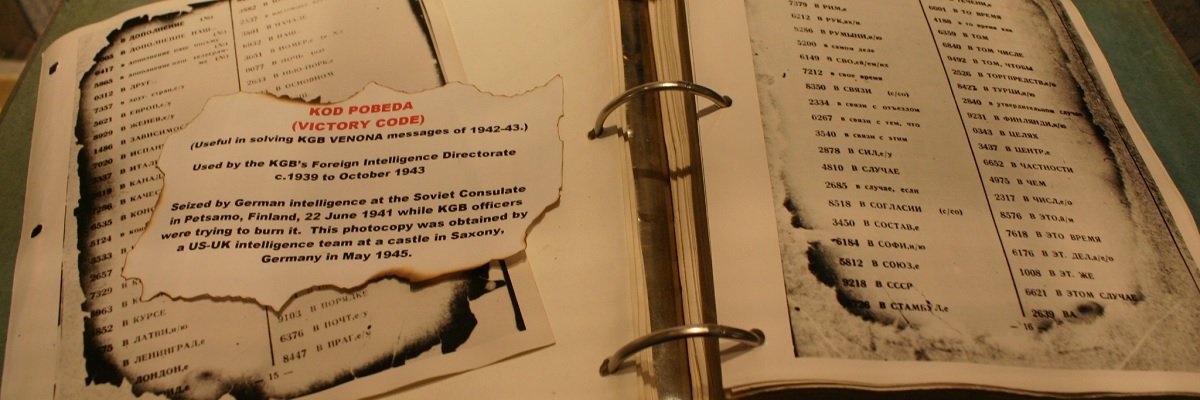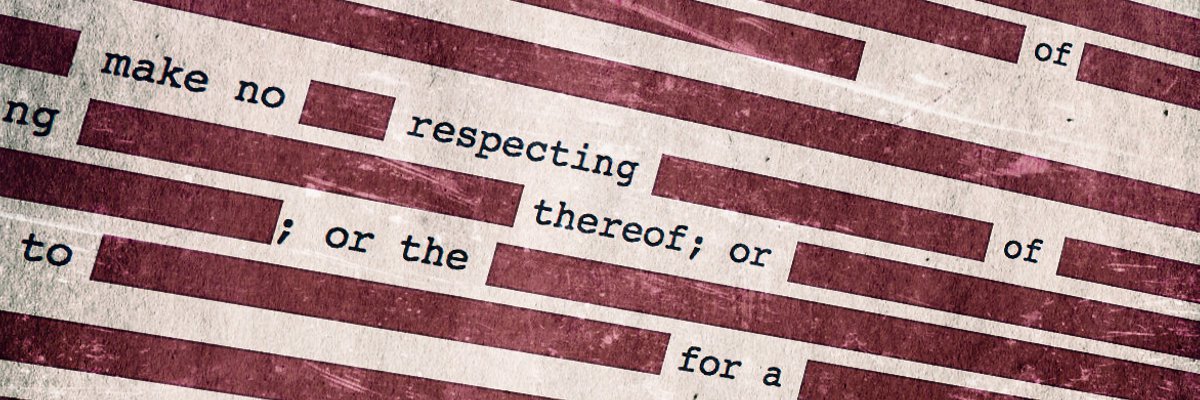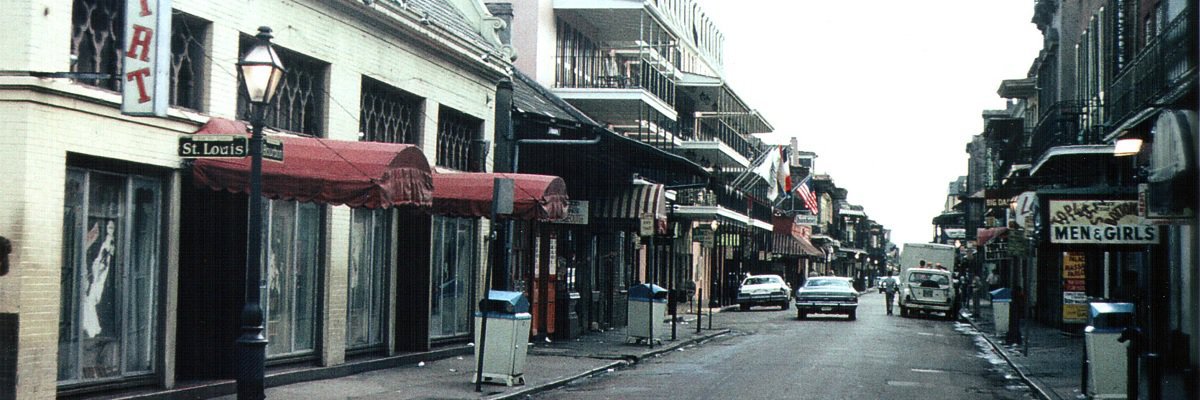VENONA, a Signals Intelligence and decryption program run by the NSA and its predecessor, the U.S. Army’s Signal Intelligence Service, intercepted and ultimately decrypted thousands of Soviet messages, most infamously helping to finger the Rosenbergs. These decrypted messages have been a useful resource to historians, and the NSA boasts that “over the course of five more releases, all of the approximately 3,000 VENONA translations were made public” and put on their website.
However, there are still a few lingering questions about the VENONA program. For a long time, the popular account was that the program was greatly aided by the recovery of a partially burned codebook. However, the NSA’s own version of the story contradicts this, and provides a different context to the recovered materials in both their public histories and a now declassified history that was originally TOP SECRET UMBRA. For what it’s worth, the NSA’s version seems internally consistent and logical - while the Soviet’s accidental reuse of One-Time Pads and recovered codebooks did aid in the NSA’s decryption of the messages, the codes for the VENONA intercepts seem to have only been discovered through the hard work and brute force analysis of dedicated cryptologists.
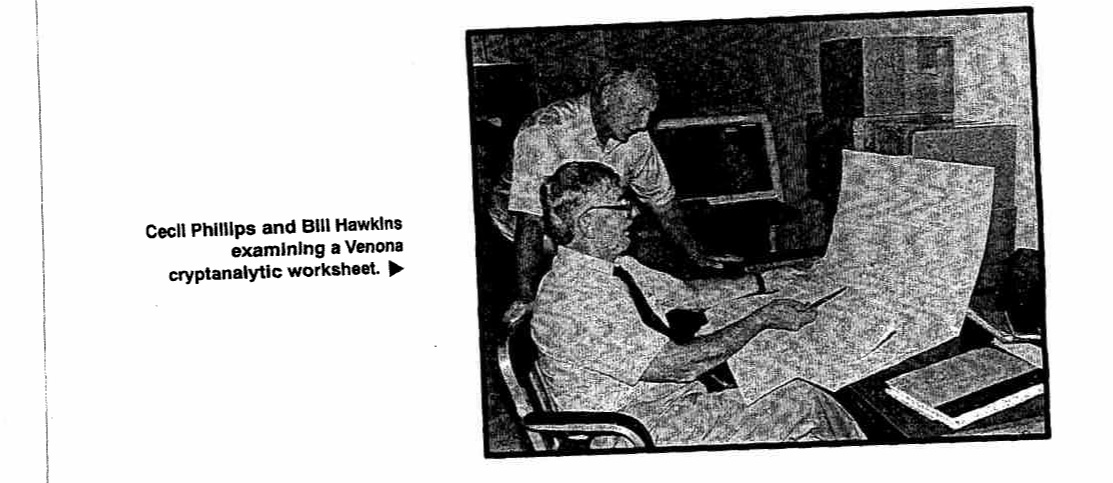
Seeing an opportunity to allow the cryptographically minded to look at the original encrypted versions of the intercepts, I filed a FOIA request for both the “unencrypted and untranslated copies of messages which were examined by the February 1943 project later codenamed VENONA, specifically including any messages which were not successfully or fully decrypted or translated.” While there was a good chance that the Agency would decide to withhold any messages that weren’t decrypted, the release of their encrypted formats could be quite interesting. The collective ingenuity of the internet would get to challenge the NSA’s, with any “victory” over the NSA enriching both their and the public’s understanding of history.
Instead, the Agency refused to provide anything new. It was all still classified as TOP SECRET.
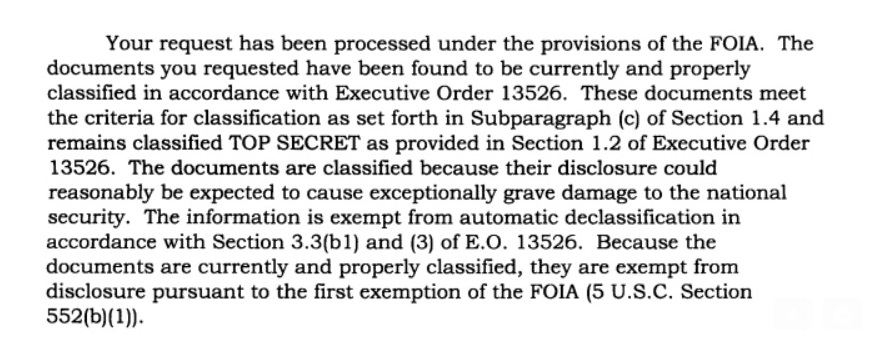
This was unexpected, but not entirely surprising. I assumed that the Agency simply hadn’t bothered to declassify the documents and that the form letter exaggerated, in typical bureaucratic form letter fashion, how current the classification really was. After all, I had requested both the decrypted and untranslated copies of the messages. The untranslated copies would have the same information as the translated copies, but in Russian. They could be redacted just as easily as the translated English version, and the NSA’s process of translating Russian to English couldn’t possibly be classified - the Agency even publicly posts some of its translation training resources.
The response to lingering over-classification is fairly simple. One simply files a Mandatory Declassification Review (MDR) request, which I did. I pointed out that “the decrypted and translated records have been released and posted to the NSA’s website, and neither the decryption method (a One Time Pad was repeatedly used, allowing the code to be broken) nor the Russian-to-English translation process remains classified.” It took the NSA eight months, but they eventually responded - the declassification was denied and the information remained TOP SECRET.

The NSA added that the information was also withheld because it might “reveal NSA/CSS functions and activities” and was therefore exempt from automatic declassification. While I disagreed under the circumstances, I could understand the argument that the raw intercepts should remain TOP SECRET. Revealing them could, theoretically, disclose information about the NSA’s process for decryption. However, the story had already been told and was described as an iterative analytical process that was aided by the reuse of One-Time Pads and some recovered materials. Since the devil’s in the details, this seemed somewhat fair. But the idea that the decrypted, but still in Russian intercepts needed to remain TOP SECRET, while English versions were posted on the NSA’s website? That was truly surprising.
Is this a case of the NSA being stubborn in unnecessarily keeping something classified? It’s certainly not without precedent, especially from the Agency that spent its early years being so secretive and unacknowledged that the joke was that NSA stood for No Such Agency. Or is the NSA actually hiding something? A more refined MDR with follow up appeals might yield something, but for now the NSA remains tantalizingly coy about its secrets.
The NSA’s declassified history of VENONA is embedded below:
Like M Best’s work? Support them on Patreon.
